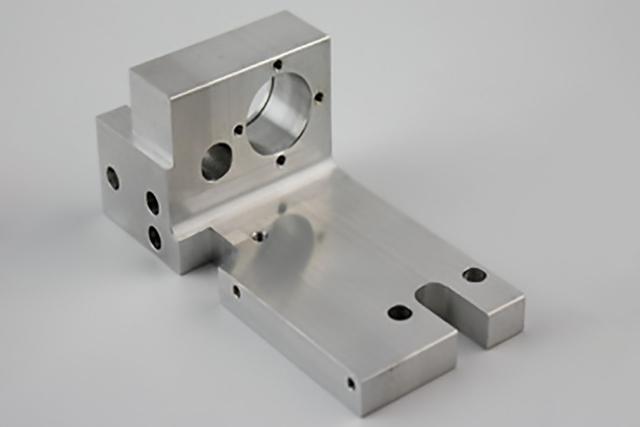CNC machining is the computer design of CNC programs based on the appearance of the structure and material characteristics of the product drawing, through the fine CNC machine tool milling blanks to get the size of the drawing requirements of the parts.
However, the surface obtained by CNC milling is not the final appearance of the product. When milling, the surface is extruded and rubbed during the milling process, resulting in plastic deformation and changing the appearance of the part. A CNC grinding process is also required to obtain the final product appearance. Before grinding, the surface quality of the workpiece is assessed and a suitable grinding process is selected. There are five general aspects to assessing the quality of the outside of a workpiece.

Outside finish: the geometric appearance of the outside geometry consisting of small intervals on the outside, mainly formed by the cutting tool path during CNC machining. The ratio of wave height to light wavelength is generally more than 1:50 in the case of high finish.
Outside wavelength: is at the deviation of the outside geometric appearance from the outside finish. The wavelength is produced by the offset vibration of the cutting tool.
Outside texture: uneven grooves on the outside, mainly caused by unstable spindle movements and toolpaths during CNC machining.
Outside scars: the absence of material at certain locations on the outside, mostly burrs, cracks and scratches.












